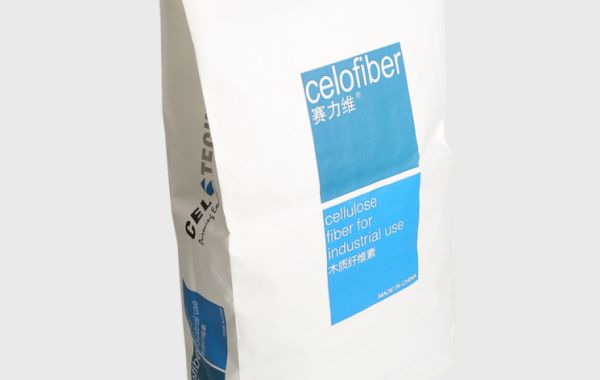Wood fiber is widely used in dry powder mortar, such as the production of tile adhesives, jointing agents, dry powder coatings, interior and exterior wall putty, interface agents, thermal insulation mortar, anti-cracking plastering mortar, waterproof mortar and plaster plaster, etc. Because wood fiber is a natural fiber that is insoluble in water and organic solvents, it has excellent flexibility and dispersibility. Adding an appropriate amount of wood fibers of different lengths to the dry mortar product can enhance the shrinkage resistance and crack resistance, improve the thixotropy and sag resistance of the product, extend the open time and play a certain thickening effect.
Wood fibers have different lengths ranging from 10-200 microns. Wood fibers of different lengths are used in different dry mortar products. For longer wood fibers, they tend to have a “blanket-like” effect in the system after curing. Because wood fiber products are non-toxic and harmless, they are often used as a substitute for asbestos products, and the addition amount is only 30-50% of the normal asbestos addition amount.
In addition, wood fiber also has certain high temperature resistance, acid and alkali resistance and frost resistance, so it has a wide range of uses.

Wood fiber has a three-dimensional network structure with obvious crosslinking effect. This structure can effectively attach liquid structures, such as water, latex, asphalt and other liquids of different consistency. Its thickening depends on the length of the fiber. The longer the fiber, the thicker it is. The greater the effect. Due to the particularity of its structure, it can completely replace asbestos products.
When the shearing force acts on the three-dimensional network structure of wood fibers, such as scraping, stirring, pumping, etc., the liquid absorbed in the structure will be released into the system, and the fiber structure will change and arrange along the direction of movement, resulting in viscosity decrease and improve workability. When the shearing force stops, the fiber structure returns to the original three-dimensional network structure, absorbs the liquid, and returns to the original viscosity state.








